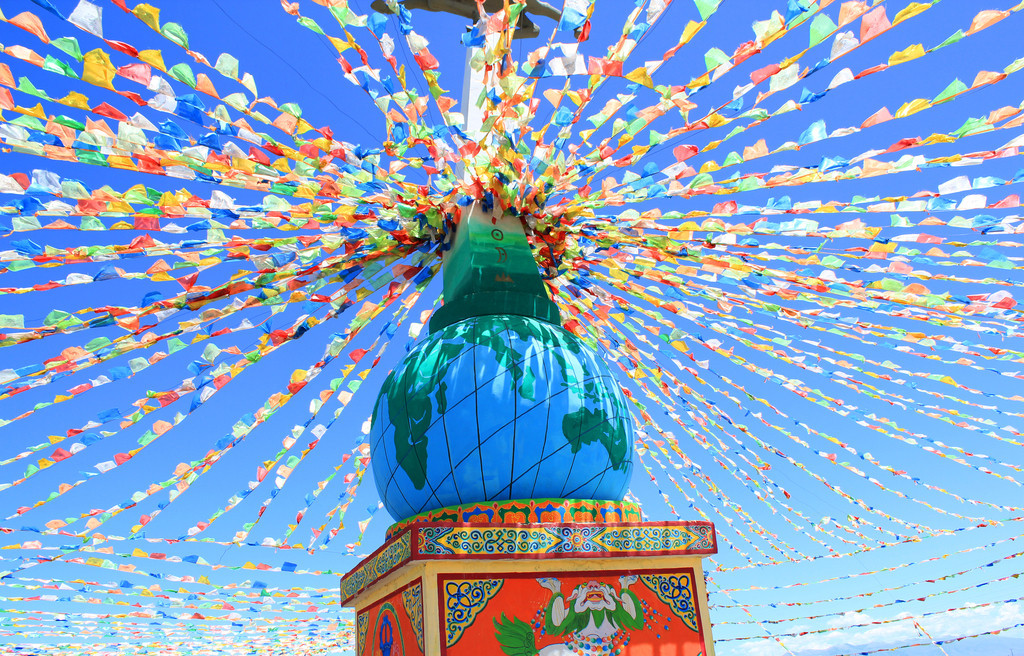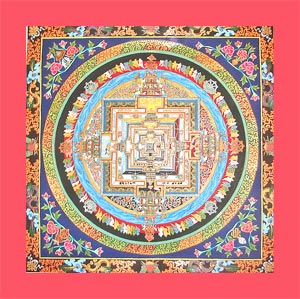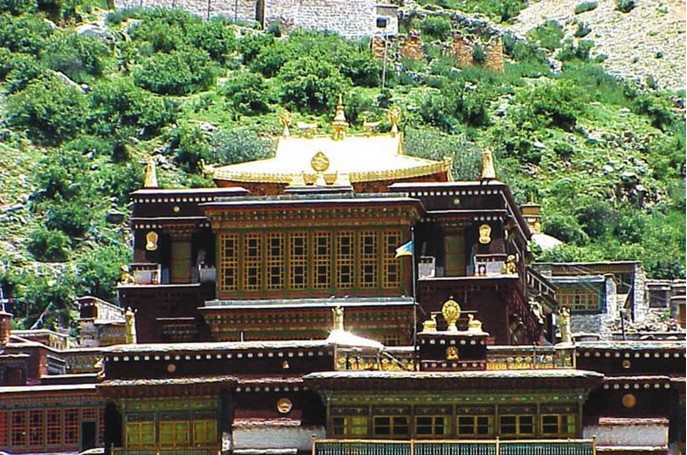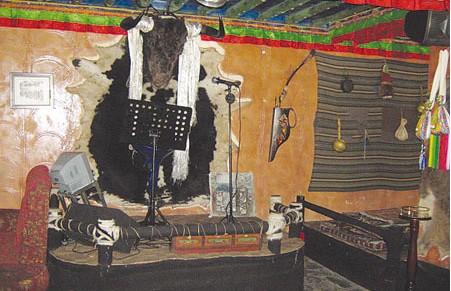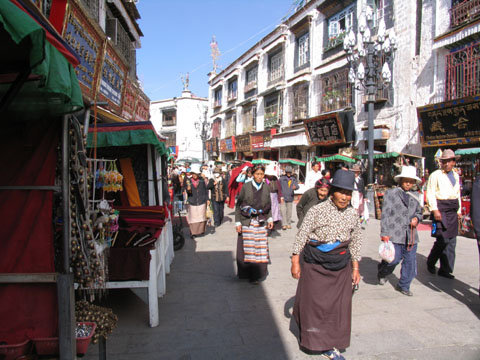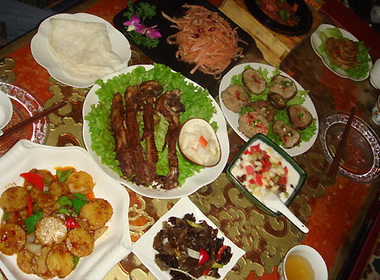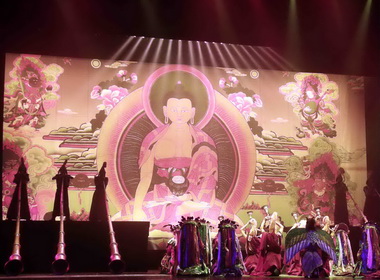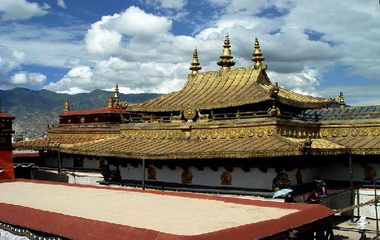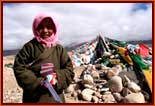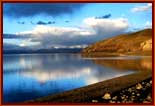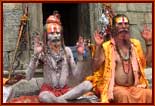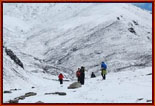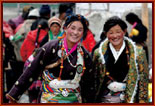Other religions in Tibet
Islam
Muslims have been living in Tibet since as early as the eighth or ninth century. In Tibetan cities, there are small communities of Muslims, known as Kachee (Kache), who trace their origin to immigrants from three main regions: Kashmir (Kachee Yul in ancient Tibetan), Ladakh and the Central Asian Turkic countries. Islamic influence in Tibet also came from Persia. After 1959 a group of Tibetan Muslims made a case for Indian nationality based on their historic roots to Kashmir and the Indian government declared all Tibetan Muslims Indian citizens later on that year. Other Muslim ethnic groups who have long inhabited Tibet include Hui, Salar, Dongxiang and Bonan. There is also a well established Chinese Muslim community (gya kachee), which traces its ancestry back to the Hui ethnic group of China.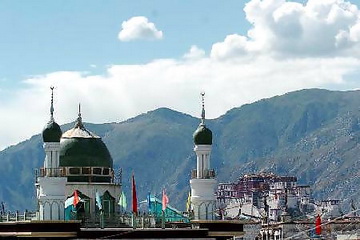
Christianity
The first Christians to reach Tibet were undoubtedly Nestorians of whom various remains and inscriptions have been found in Tibet and they were also present at the imperial camp of M?ngke Khan at Shira Ordo where they debated in 1256 with Karma Pakshi, head of the Karma Kagyu order.
Roman Catholic Jesuits and Capuchins arrived from Europe in the 17th and 18th centuries. Some scholars believe Portuguese missionaries Jesuit Father Antonio de Andrade and Brother Manuel Marques first reached the kingdom of Gelu in western Tibet in 1624 and was welcomed by the royal family who allowed them to build a church later on. By 1627, there were about a hundred local converts in the Guge kingdom. Later on, Christianity was introduced to Rudok, Ladakh and Tsang and was welcomed by the ruler of the Tsang kingdom, where Andrade and his fellows established a Jesuit outpost at Shigatse in 1626. Some sources suggest the First Jesuit missionary is Johann Grueber who, circa 1656, crossed Tibet from Sining to Lhasa (where he spent a month), before heading on to Nepal. He was followed by others who actually built a church in Lhasa. These included the Jesuit Father Ippolito Desideri, 1716-721, and various Capuchins in 1707-711, 1716-733 and 1741-745,Christianity was used by some Tibetan monarchs and their courts and the Karmapa sect lamas to counterbalance the influence of the Gelugpa sect in the seventeenth century until in 1745 when all the missionaries were expelled at the lama's insistence.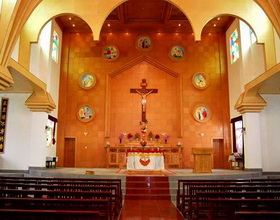
In 1877, the Protestant James Cameron from the China Inland Mission walked from Chongqing to Batang in Garz Tibetan Autonomous Prefecture, Sichuan Provnice, and ‘brought the Gospel to the Tibetan people.’ Beginning in the 20th century, in Diqing Tibetan Autonomous Prefecture in Yunnan, a large number of Lisu people and some Yi and Nu people converted to Christianity. Famous earlier missionaries include James O. Fraser, Alfred James Broomhall and Isobel Kuhn of the China Inland Mission, among others who were active in this area.
'Though seventeenth and eighteenth-century Catholic missionary efforts in western and central Tibet had no appreciable legacy, during the nineteenth and early twentieth centuries Christianity made some inroads among Tibetans in the peripheral regions of Kham, Amdo, and Ladakh.'
Buddhist monasteries in Tibet


